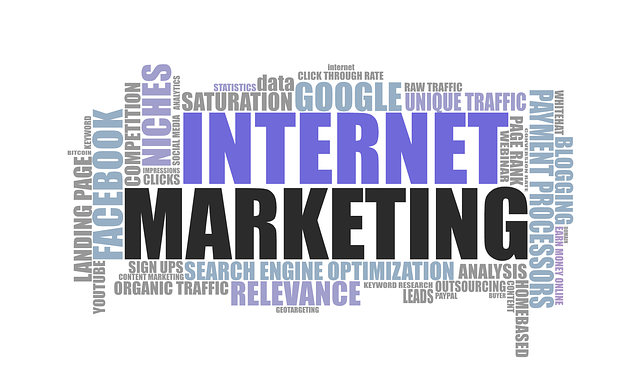AI-powered pest detection, utilizing advanced AI visual anomaly detection for pests, is transforming agricultural and urban greening practices. This technology analyzes images and data to identify unusual patterns indicative of pest presence early in the cycle, reducing the need for broad-spectrum pesticides, enhancing efficiency through automation, and improving accuracy. AI tools can detect subtle anomalies in high-resolution images, learning from vast datasets to recognize typical plant and pest visuals with remarkable precision, even for rare pests. This revolutionary method is applicable across diverse settings, from agriculture to urban landscapes and indoor environments, enabling targeted treatments, monitoring invasive species, and promoting sustainable, environmentally friendly management strategies.
“Revolutionize pest management with AI visual anomaly detection for pests. This cutting-edge technology is transforming traditional pest control methods, offering both efficiency and precision. Our article explores how AI-powered tools leverage advanced algorithms and machine learning to identify pests through visual anomalies. We delve into the benefits, including faster response times, reduced reliance on chemicals, and enhanced accuracy in detecting even subtle signs of infestation. Learn how this game-changer is suitable for diverse environments, from farms to urban settings.”
- Understanding AI-Powered Pest Detection: How It Works and Benefits
- The Role of Visual Anomaly Detection in Identifying Pests
- Implementing AI Tools for Effective Pest Management in Various Environments
Understanding AI-Powered Pest Detection: How It Works and Benefits

AI-powered pest detection is transforming the way we safeguard our landscapes and crops. At its core, this technology leverages advanced AI visual anomaly detection for pests—analysing images and data to identify unusual patterns or anomalies indicative of pest presence. By continuously monitoring fields, gardens, and urban green spaces, these tools can detect pests early in their life cycles when control measures are most effective.
The benefits are significant. First, it allows for precise and timely interventions, reducing the need for broad-spectrum pesticides. Second, AI detection enhances efficiency by automating tasks that would otherwise require extensive manual inspection. This not only saves time and labour costs but also improves accuracy, ensuring no pest goes unnoticed. Moreover, these tools contribute to a more sustainable agriculture and urban greening by promoting environmentally friendly practices.
The Role of Visual Anomaly Detection in Identifying Pests

Visual anomaly detection, powered by AI, plays a pivotal role in identifying pests with unprecedented accuracy and efficiency. By analyzing high-resolution images and video footage of plants and crops, these advanced tools can detect subtle visual anomalies that may indicate pest presence or damage. This early detection is crucial as it allows farmers and agricultural professionals to take prompt action, minimizing the impact on crop health and yield.
AI algorithms are trained on vast datasets of known pest and healthy plant visuals, enabling them to learn and recognize typical patterns. When presented with new imagery, these systems compare the data against their training set, identifying deviations that could signal a pest issue. This process is particularly beneficial for rare or hard-to-spot pests, as the AI can detect even minute changes, ensuring no potential threat goes unnoticed.
Implementing AI Tools for Effective Pest Management in Various Environments

Implementing AI tools, specifically those leveraging visual anomaly detection for pests, offers a transformative approach to pest management across diverse environments. These advanced systems are designed to identify and flag unusual patterns or anomalies in images or videos, enabling early and precise detection of pest infestations. In agricultural settings, for instance, AI models can analyze drone footage or satellite imagery to pinpoint areas affected by pests like aphids or weeds, allowing farmers to target treatments more effectively. Similarly, in urban landscapes, smart sensors equipped with AI visual anomaly detection can monitor parks, gardens, and public spaces, detecting invasive species or disease-prone plants before they spread.
The versatility of AI pest detection extends beyond open spaces to indoor environments. In commercial facilities such as warehouses or retail stores, AI algorithms can be trained on various types of pests and their behaviors to trigger alerts when unusual activity is detected. This proactive approach enhances the efficiency of pest control services, reduces reliance on chemical treatments, and contributes to a more sustainable and environmentally friendly management strategy.
AI-powered pest detection tools, leveraging advanced visual anomaly detection, are revolutionizing pest management across diverse environments. By analyzing high-resolution imagery and identifying subtle anomalies, these systems offer precise, efficient, and eco-friendly solutions to traditional pest control methods. As the technology continues to evolve, its integration into modern farming, urban landscapes, and even homes becomes increasingly feasible, promising a future where AI plays a pivotal role in maintaining balanced ecosystems while enhancing crop yields and protecting valuable spaces.
